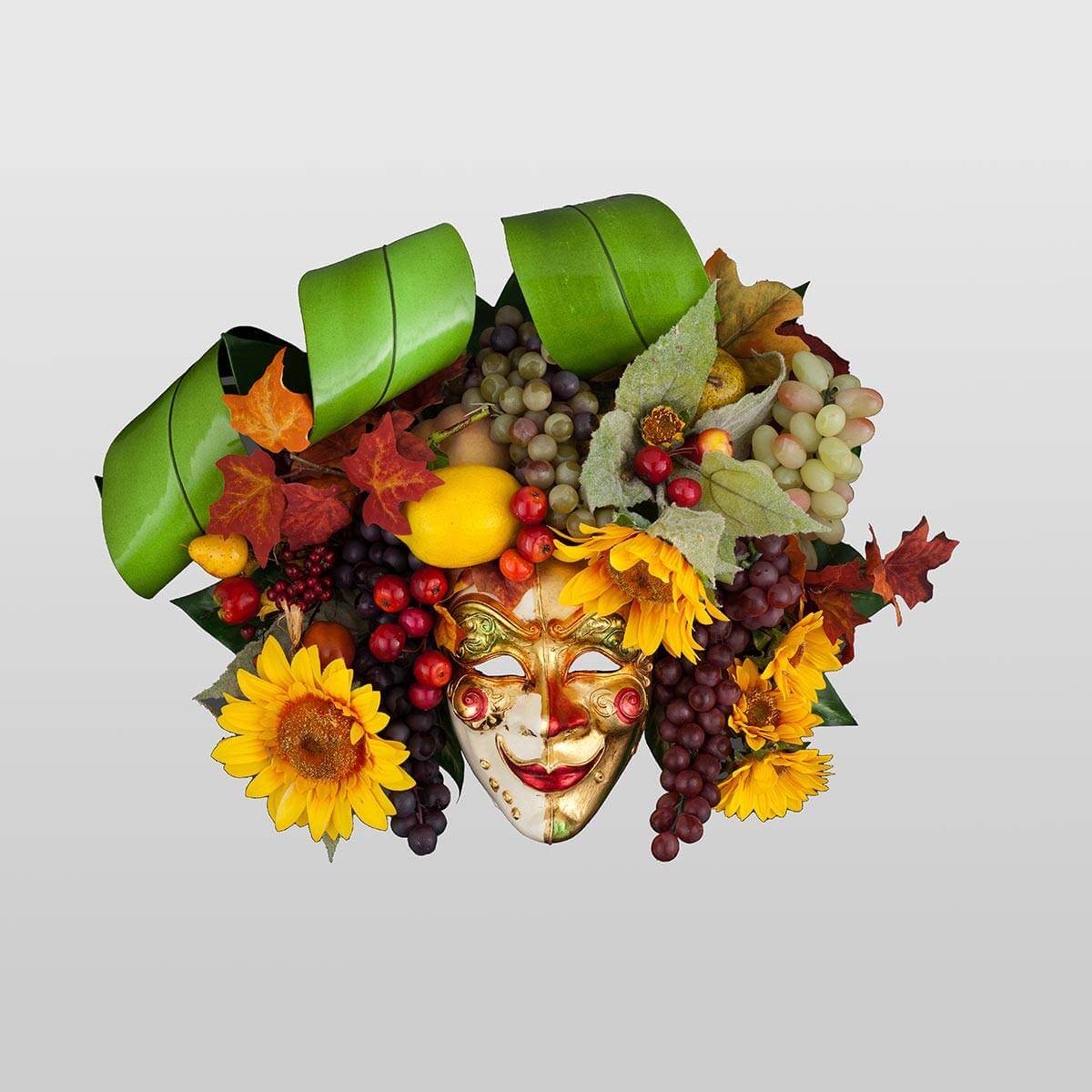Why do Venetians wear masks during the carnival?
The history of the Venetian mask (from the Arabic “mascharà”, scoff, satire) began even earlier in 1268, the year in which the most ancient Venetian law dates back limited the improper use of the mask: in this document men in masks were forbidden to game of “eggs” which consisted in throwing eggs filled with rose water against the ladies who walked in the streets. Hello “Siora Maschera”, this was the greeting along the streets, the canals and the planks.
Personal identity, sex, social class no longer existed and became part of the Great Carnival Illusion in a place, unique in the world, where everything can happen, where every view never ceases to enchant, where all people they can play the game of masquerading and seduction by eliminating the diversity of social class and origins.
Soon the mask became a symbol of freedom and transgression of all the social rules imposed by the “Most Serene Republic in Venice”. The artisans who made masks were called “Maschereri” since the time of the Doge Foscari and possessed their own statute dated April 1436. They belonged to the fringe of painters and were aided in their profession by “Targheri” which imprinted on the stucco painted faces, sometimes of ridiculous physiognomy, with a wealth of details. The production of masks was so intensified that in 1773 there were officially 12 mask shops in Venice: in any case few if we consider the use made of them in those years.
The mask was not only used during the Carnival period but on many occasions during the year: it was allowed on St. Stephen’s Day (which marked the start date of the Venetian Carnival) and until midnight on Shrove Tuesday (which ended the festivities for the Carnival); it was allowed during the fifteen days of the Ascension and some, with particular exceptions, used it until mid-June.
The materials used were those that were available at the time, soil, clay (modern ceramics) paper and glue (papier-mâché) rags and animal skins to which frills were applied (the modern trimmings) and pieces of glass (the strass of today), materials that local artisans still use today for their creations that incorporate the traditional nature of workmanship and the materials with the modernity of creations and design. Many masks today are imported products made of plastic material or similar, as the producers do not have the production techniques, but they have nothing to do with the product or the original technique, they are only unpleasant imitations. Find out now the best handmade Venetian Masks!
Here a selection of some of our best masks:
Cat Mask with Metal Ears
99,00€
A face in papier-mâché, hand painted with bright colors, decorated with stuccos and pastes produced in our laboratories and covered with shimmering glitter.
Safi – Extra Small
55,00€
The smallest version of this unique and beautiful Venetian Mask. Ceramic and leather with handmade decoration. 100% Made in Italy.
Saamira – Large
230,00€
The biggest size of this unique and elegant mask. Expertly handcrafted leather with mastery, it is used to frame beautiful papier-mache faces and then decorated.
Bacco Frutta – Large
330,00€
In this mask its the face is made in papier-mache and entirely decorated with stucco and gold leaf and the contour is realized with the various types of leaves, multiple qualities of fruit and flowers.



